What is Biosemiotics?
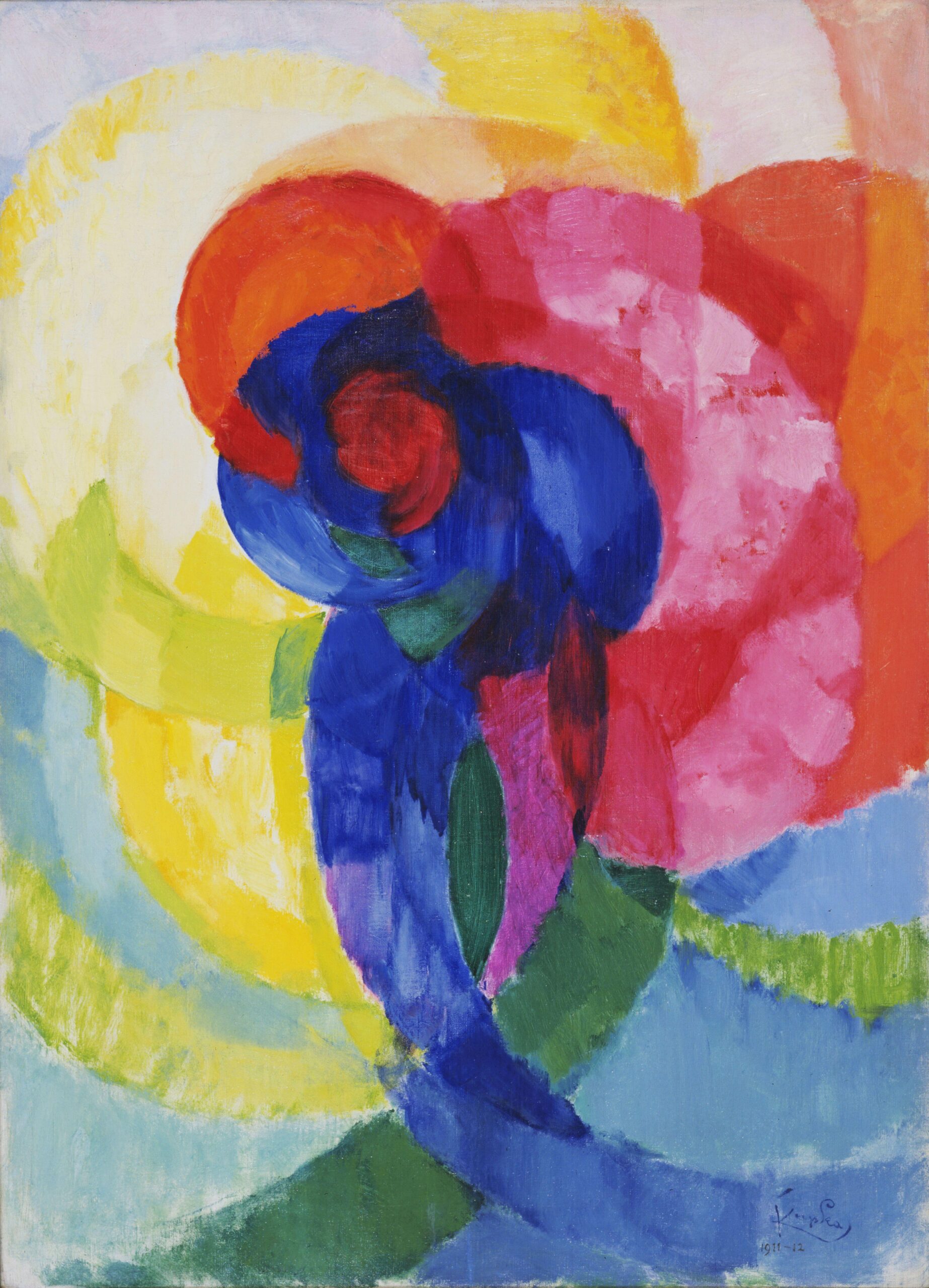
Biosemiotics is an emerging interdisciplinary field that explores how living systems create, interpret, and communicate meaning. It offers a unique lens through which to understand the intricate relationships between biology, consciousness, and the way we construct our sense of self. By bridging these domains, biosemiotics provides valuable insights into therapy, trauma, and the anthropology of self.
At its core, biosemiotics posits that life is inherently semiotic – that is, all living systems are engaged in the creation, interpretation, and exchange of signs and meanings (Hoffmeyer, 2008). From the molecular level of DNA transcription to the complex social interactions of humans, organisms are constantly reading their environment and responding with purposeful, meaningful behaviors.
This semiotic view of life has profound implications for our understanding of consciousness. Rather than seeing consciousness as a mysterious, immaterial essence, biosemiotics suggests that it is deeply rooted in the embodied, meaning-making processes of biological systems (Favareau, 2010). Consciousness, in this view, is not a singular, unified phenomenon, but a multi-layered, emergent property of the semiotic interactions between an organism and its environment.
To understand how this works, let’s consider the human brain. From a biosemiotic perspective, the brain is not just a passive receiver of information, but an active interpreter and creator of meaning. At every level of neural processing, from the firing of individual neurons to the complex dynamics of neural networks, the brain is engaged in semiosis – the creation and interpretation of signs (Deacon, 1997).
This semiotic activity gives rise to the rich, multi-layered experience of human consciousness. Our perceptions, emotions, thoughts, and sense of self are not just the products of neural computations, but of the meaning-making processes that unfold in the brain and body. The “hard problem” of consciousness – the question of how subjective experience arises from objective, physical processes – becomes more tractable when we understand the brain as a semiotic system, constantly generating and interpreting signs.
This has important implications for therapy and the treatment of trauma. Many therapeutic approaches, such as cognitive-behavioral therapy (CBT), focus on changing the conscious, linguistic narratives that people tell about their lives. But from a biosemiotic perspective, these narratives are just the tip of the iceberg – beneath them lie deeper, embodied layers of meaning-making that shape our emotional responses and sense of self.
Trauma, in particular, can profoundly disrupt these embodied semiotic processes. Traumatic experiences can overwhelm the brain’s meaning-making capacities, leading to fragmented, dissociated, or rigidly fixed patterns of neural firing (van der Kolk, 2014). These patterns can persist long after the traumatic event, shaping a person’s perceptions, emotions, and behaviors in ways that are often outside of conscious awareness.
Effective trauma therapy, then, must address not just the conscious narratives about the trauma, but the embodied, semiotic processes that underlie them. Somatic therapies, such as Somatic Experiencing (Levine, 2010) and Sensorimotor Psychotherapy (Ogden & Fisher, 2015), work directly with the body’s semiotic responses to trauma, helping clients to gently explore and renegotiate the meanings encoded in their physical sensations, movements, and postures.
Biosemiotics also has important implications for the anthropology of self – the study of how different cultures and societies construct and experience selfhood. Traditional Western models of the self tend to emphasize individuality, autonomy, and conscious, rational control. But from a biosemiotic perspective, the self is always embedded in a web of semiotic relationships – with the body, the environment, and other people.
Different cultures have different ways of navigating these semiotic webs, leading to diverse experiences and constructions of selfhood. In some societies, for example, the self is seen as fundamentally relational, defined more by one’s roles and responsibilities within the community than by individual traits or achievements (Markus & Kitayama, 1991). In others, the boundaries between self and world are more fluid and permeable, with the environment and other beings seen as extensions of one’s own being (Descola, 2013).
By exploring these diverse semiotic ecologies of self, anthropologists can gain a richer understanding of the human experience – one that goes beyond the narrow, Western-centric view of the self as a unitary, isolated entity. Biosemiotics provides a framework for studying how selves are constructed through the ongoing, embodied process of meaning-making in different cultural contexts.
Ultimately, biosemiotics offers a powerful, integrative paradigm for understanding the deep connections between biology, consciousness, and culture. By revealing the semiotic nature of life itself, it helps us to see how meaning and experience emerge from the complex, dynamic interactions of embodied organisms and their environments.
For therapists, this means attending not just to the conscious narratives clients tell about their lives, but to the deeper, embodied layers of meaning-making that shape their emotional responses and sense of self. It means working with the body as a semiotic system, helping clients to explore and transform the meanings encoded in their physical sensations, movements, and postures.
For anthropologists, biosemiotics invites a more holistic, ecologically-minded approach to the study of human cultures and selves. It means attending to the diverse ways in which people navigate the semiotic webs that connect them to their bodies, environments, and communities. And it means recognizing that selfhood is not a fixed, universal essence, but an ongoing, emergent process of meaning-making in context.
As we continue to explore the implications of biosemiotics for therapy, trauma, and anthropology, we may gain new insights into the fundamental nature of life, consciousness, and identity. We may discover new ways of healing the semiotic disruptions of trauma, and new ways of understanding the diverse ecologies of self found in human cultures around the world.
In the end, biosemiotics reminds us that we are all part of a vast, interconnected web of meaning – a web that encompasses the entire living world, from the simplest microbe to the most complex human society. By learning to read and navigate this semiotic web, we may not only heal ourselves and our communities, but also come to a deeper appreciation of the profound beauty and intelligence of life itself.
References:
Deacon, T. W. (1997). The symbolic species: The co-evolution of language and the brain. W.W. Norton & Company.
Descola, P. (2013). Beyond nature and culture. University of Chicago Press.
Favareau, D. (2010). Essential readings in biosemiotics: Anthology and commentary. Springer.
Hoffmeyer, J. (2008). Biosemiotics: An examination into the signs of life and the life of signs. University of Scranton Press.
Levine, P. A. (2010). In an unspoken voice: How the body releases trauma and restores goodness. North Atlantic Books.
Markus, H. R., & Kitayama, S. (1991). Culture and the self: Implications for cognition, emotion, and motivation. Psychological Review, 98(2), 224-253.
Ogden, P., & Fisher, J. (2015). Sensorimotor psychotherapy: Interventions for trauma and attachment. W. W. Norton & Company.
van der Kolk, B. A. (2014). The body keeps the score: Brain, mind, and body in the healing of trauma. Viking.

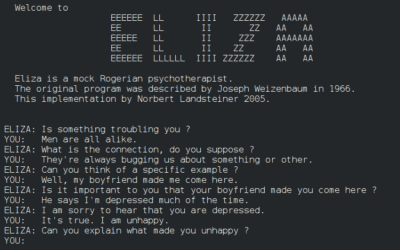

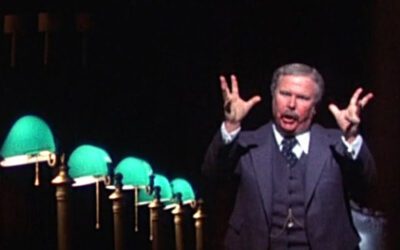

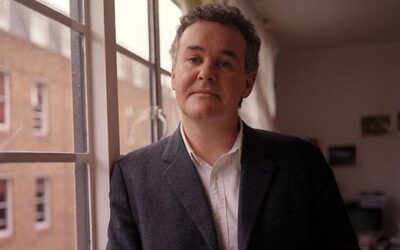
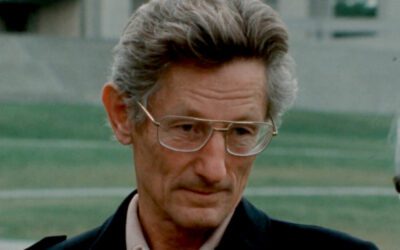
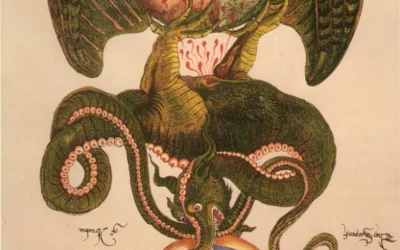
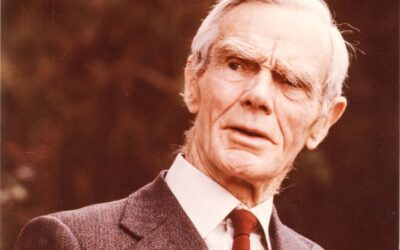

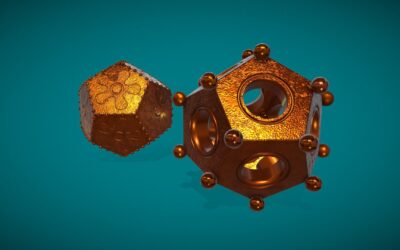
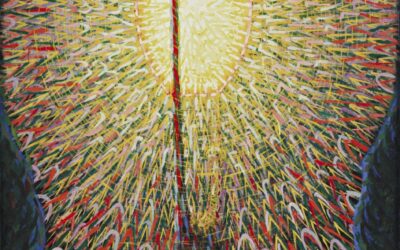
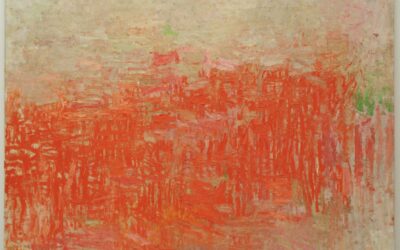
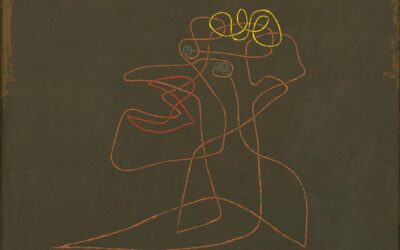
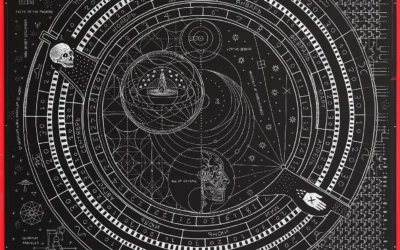
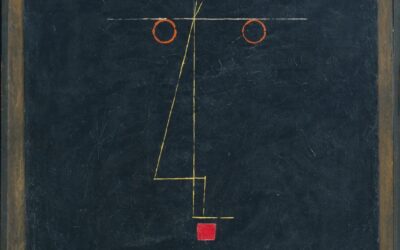
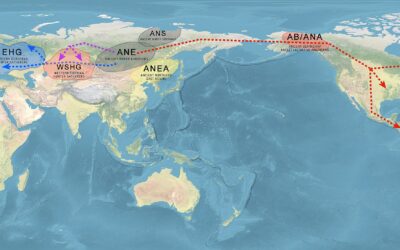
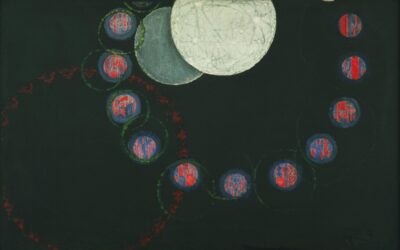
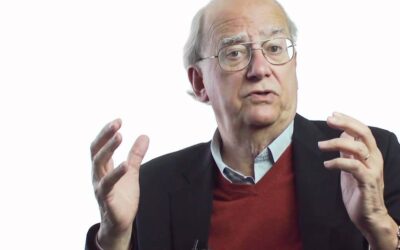
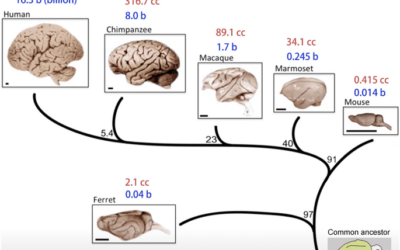
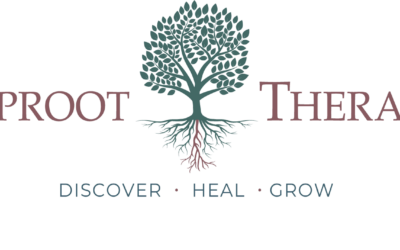
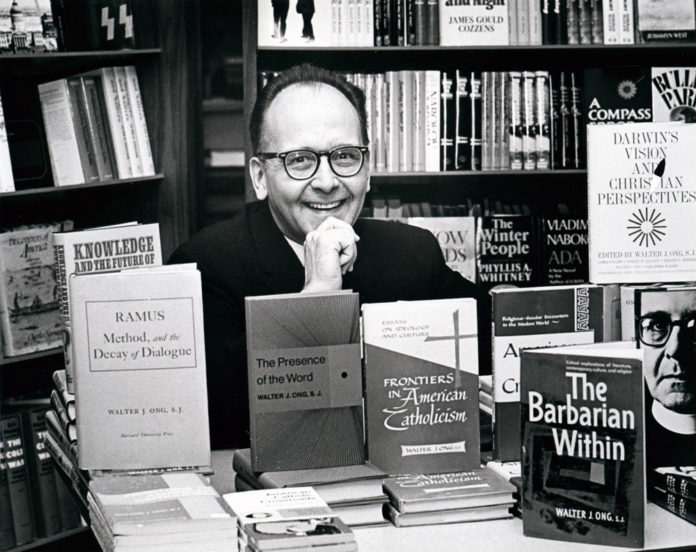

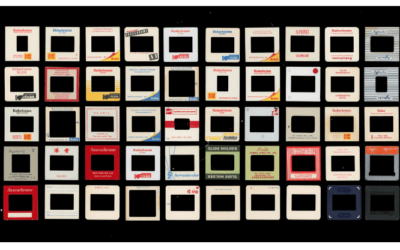
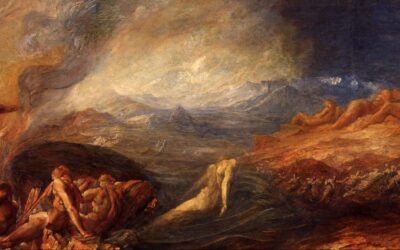
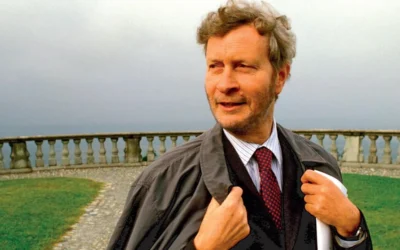
0 Comments